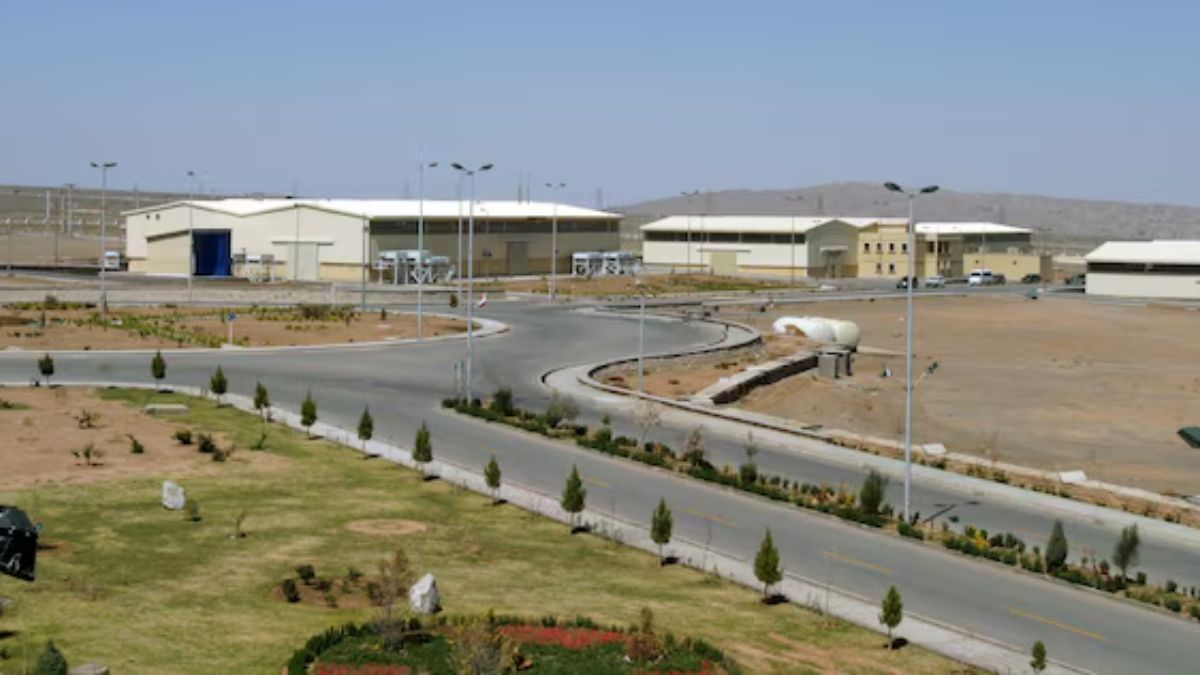Many were alarmed after Israel attacked Iran’s nuclear facilities.
The Israelis have claimed that they seriously damaged the Natanz nuclear facility – the country’s main enrichment facility which is around 225 kilometres south of Tehran.
The Iranians had claimed that Israel also attacked its facilities in Fordow and Isfahan.
International Atomic Energy Agency (IAEA) chief Rafael Mariano Grossi is said to have told Israeli President Isaac Herzog that the Natanz facility was “seriously damaged”.
However, authorities, both Iranian and the IAEA, have denied that there is a radiation leak or a chemical contamination locally.
But what happens when a nuclear site is attacked? What sites have been hit in Iran? What’s the damage?
Let’s take a closer look
What happens when a nuclear site is attacked?
According to the website of the International Campaign to Abolish Nuclear Weapons, it depends on many things.
Firstly, whether the reactor itself is attacked or the fuel pool.
The nuclear facility size and the age are also factors to consider.
A strike on the facility could result in the reactor being destroyed – which could trigger a meltdown in its core.
While the reactors are usually well protected, nearby areas like fuel pools may be vulnerable.
A fuel pool catching on fire could release Cesium-137 – which can result in burns, radiation sickness and even death to those exposed.
Cesium-137 from such an incident could conceivably cause be much worse than the Chernobyl and Fukushima incidents – both of which involved reactor cores.
Even a small nuclear bomb hitting a reactor could be catastrophic for humanity.
All the Cesium-137 in the reactor core and spent fuel pools would come gushing out into the environment – tens of millions of curies.
Every million curies results in around 2,000 square kilometres becoming unfit for humanity to live in.
And there’s more.
The Cesium-137 would now be carried as far as the wind takes it and deposited across the land.
Any person exposed to it would get a dose of full-body radiation and gamma radiation.
Water and food would also be exposed – resulting in cancers and health issues, as per the website.
What sites have been hit? What’s the damage?
Iran’s nuclear site in Natanz has been hit.Natanz, which is in the holy city of Qom, comprises the underground commercial Fuel Enrichment Plant (FEP) and the above ground Pilot Fuel Enrichment Plant (PFEP).
The facility, which is 2.7 square kilometres wide, can hold up to 50,000 centrifuges.
Both the Iranian authorities and the IAEA say the damage to the Natanz nuclear site was limited to the over ground enrichment building.
Grossi in a statement said, “At Natanz, the above-ground part of the Pilot Fuel Enrichment Plant, where Iran was producing uranium enriched up to 60% U-235, has been destroyed. Electricity infrastructure at the facility (electrical sub-station, main electric power supply building, emergency power supply and back-up generators) has been destroyed. There is no indication of a physical attack on the underground cascade hall containing part of the Pilot Fuel Enrichment Plant and the main Fuel Enrichment Plant. However, the loss of power to the cascade hall may have damaged the centrifuges there.”
More importantly, the IAEA has said that there is no change in the radiation levels around Natanz – nor is there any indication of a local contamination.
Iran has claimed Israel attacked its sites in Fordow and Isfahan.The IAEA has said that the Isfahan uranium conversion facility has been ‘seriously damaged’.
They said this could s eriously impact Iran’s nuclear programme.
If you interrupt that piece of the flow-sheet, the fuel cycle doesn’t work anymore,” Bloomberg quoted Robert Kelley, a US nuclear engineer who led inspections for the IAEA in Iraq and Libya, as saying. “The front end of their program dies.”
The damage at Fordow fuel enrichment plant remains unclear.
“It has always been the conventional wisdom that Israel may not have the ordnance to destroy Fordo without American military support,” Mark Dubowitz, head of the Foundation for Defense of Democracies think tank, told Times of Israel.
Nuclear expert David Albright at the Institute for Science and International Security added, “We can’t see any visible damage at Fordow or Isfahan. There was damage at Natanz but there’s no evidence that the underground site was destroyed”.
With inputs from agencies


)

)
)
)
)
)
)
)
)



